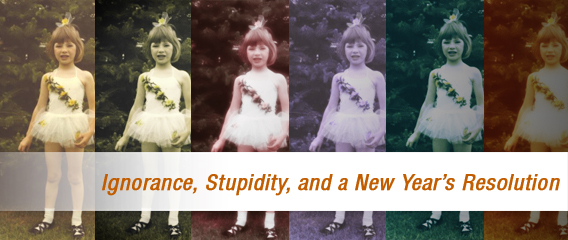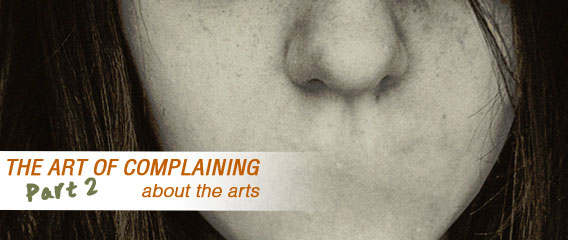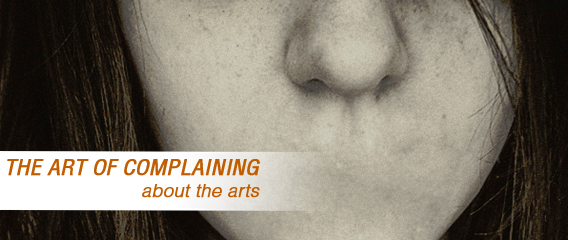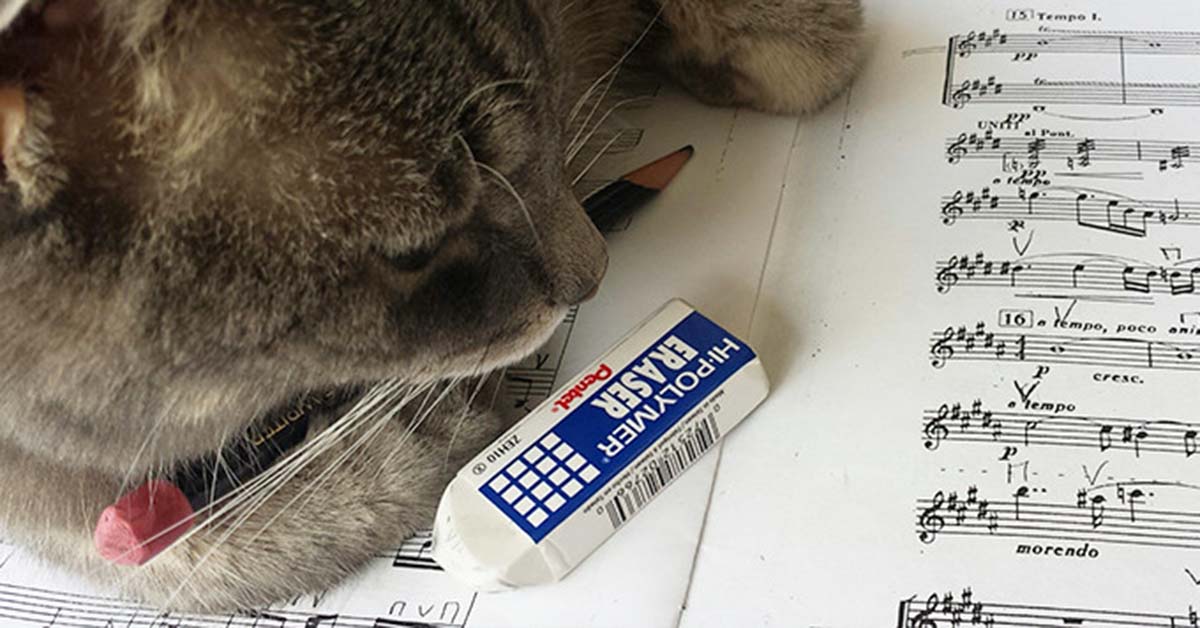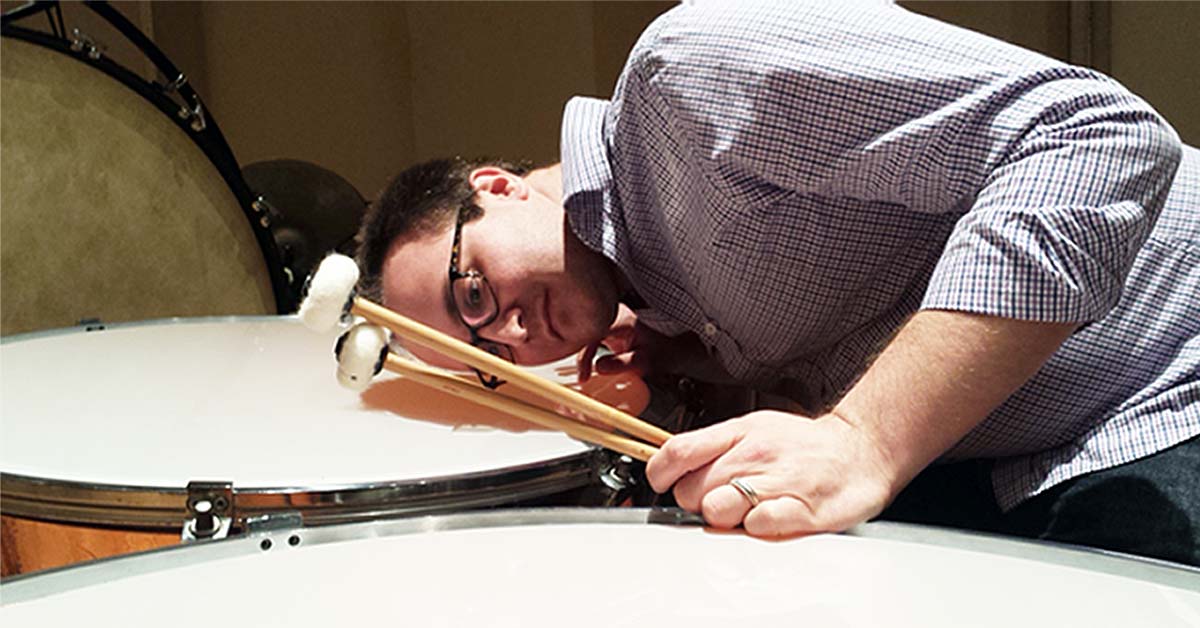Audition is such a dirty word sometimes. But every orchestral performer has to go through the experience at one point or other. The other day I was exchanging audition stories with a couple of colleagues over dinner. This kind of conversation almost always goes the same direction: 1)Auditions are not always the best way to find a performer 2) When an orchestra decides not to hire anyone after a day of auditioning it is never good for the orchestra 3) There is not really any other fair way of selecting a future colleague of an ensemble.
Ignorance, Stupidity, And A New Year’s Resolution
I often take for granted how much musical knowledge has been stuffed into my head since the first time I picked up a violin at age 10. And like many of my colleagues who have equal or more knowledge than me, it is so easy for us to judge others ignorance or stupidity when they thoughtlessly criticize the career of a musician. So easy is it for me to get up on my soap box and defend the ubiquitous and offensive comments people make in the online newspaper articles about any given … Continue Reading
